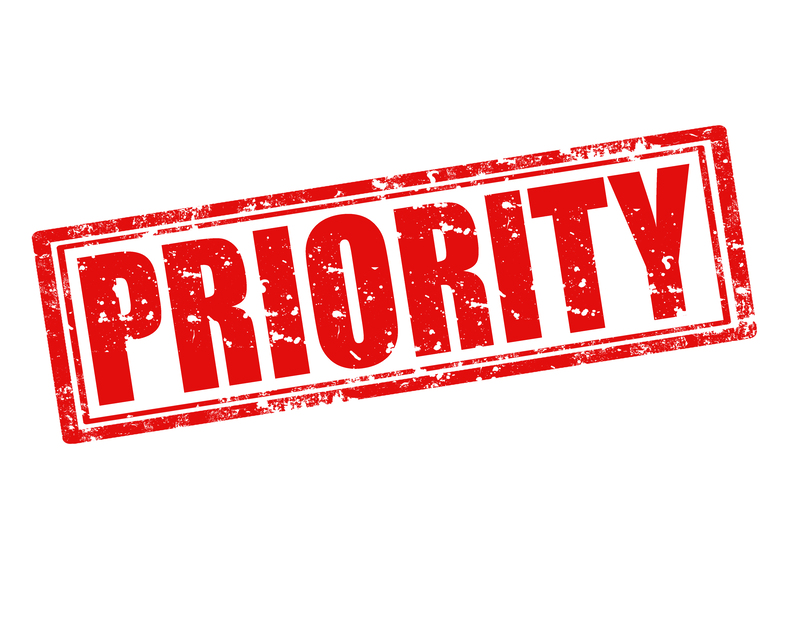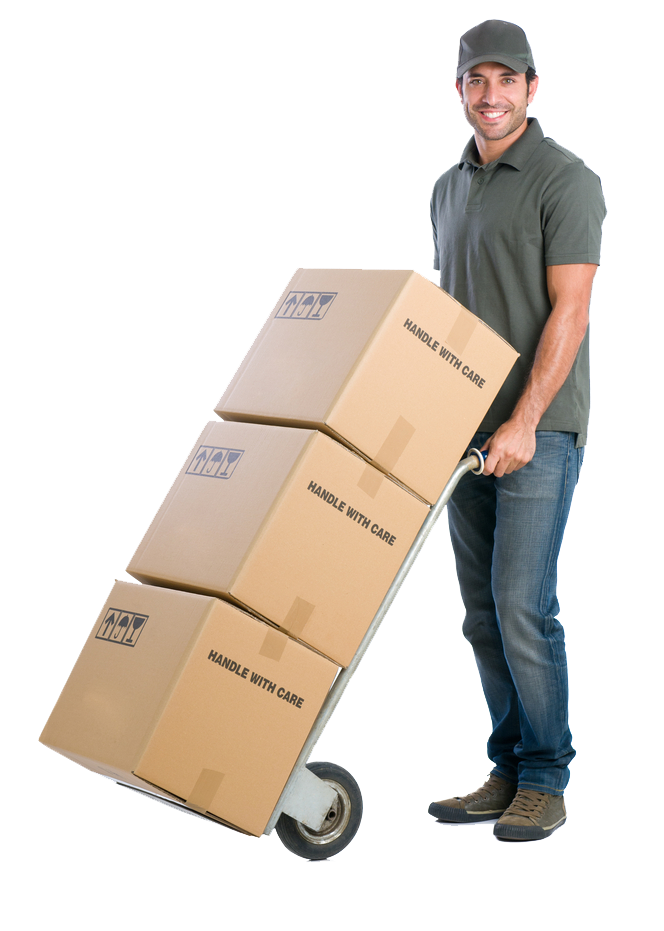Ways to Protect Assets During a Move
Posted on 30/06/2025
Moving can be a daunting process, filled with countless details and a multitude of tasks to accomplish. One of the most concerning aspects for many people is making sure that their assets are protected during the move. Items can easily get damaged or lost, and some may hold significant monetary or sentimental value. The good news is that with the right preparation and strategy, you can protect your assets efficiently. This article will explore methodologies to keep your belongings safe during a move.
1. Plan Ahead
The foundation of a successful move is careful planning. By starting the moving process at least a few months in advance, you can ensure that you have adequate time to organize all your assets properly. Create a detailed inventory of all items you plan to move. This list will not only help you keep track of your possessions but also make it easier to file any insurance claims if necessary.
Also consider hiring professional movers well in advance. Research and choose a reputable moving company with positive reviews and proper insurance.

2. Use High-Quality Packing Materials
Investing in high-quality packing materials is crucial for protecting your assets. Fragile items require bubble wrap, foam peanuts, and strong boxes to prevent breakage. Ensure you have enough packing tape to securely seal all boxes. Specialized boxes for items like flat-screen TVs, mirrors, and artworks can offer added protection.
3. Label and Categorize
Clearly label each box with its contents and the room it belongs in. This will help movers handle the items correctly and also make the unpacking process easier. Color-coded labels can add another layer of organization. For fragile items, make sure to write "FRAGILE" in large, bold letters and indicate the correct side up to avoid mishandling.
4. Insure Your Assets
Even with the best precautions, accidents can happen. Insurance provides financial protection in these instances. Most moving companies offer basic insurance, but this may not cover the full value of your assets. Consider purchasing additional insurance for high-value items like electronics, antiques, and artwork. Consult with your current homeowner's insurance provider to see if your policy covers moving-related damages.
5. Hire Professional Packers
While doing it yourself can be cost-effective, hiring professional packers can save you time and stress. These professionals have the experience and knowledge to pack items securely and efficiently. They use industry-grade materials and techniques that significantly reduce the risk of damage.
6. Secure Important Documents
Create a special, secure box or folder for all your important documents, such as passports, birth certificates, financial records, and medical documents. Carry these items with you, rather than packing them with your other belongings. Losing these documents can cause significant problems, so it is best to keep them safely within reach.
7. Take Photos Before Packing
Before you begin packing, take photos of valuable items and any existing damage. This will serve as documentation for insurance purposes. Additionally, photos can help you remember how particular items were set up or organized, which can be useful when you're setting up your new home.
8. Use Specialized Moving Services for High-Value Items
Some moving companies offer specialized services for high-value items, such as pianos, fine art, and wine collections. These services often include custom packing, climate-controlled transport, and professional handling. While these services may come at a premium, the added security and care for your valuable items can be well worth the cost.
9. Protect Electronics
Electronics are particularly vulnerable to damage during moves. Use the original boxes whenever possible, as they are specifically designed for the items they contain. If you no longer have the original boxes, use anti-static packing materials and secure each item with plenty of cushioning. Remove batteries to prevent leaks and backups. Label all cords and cables, and pack them together with the related devices to make reassembly easier.
10. Avoid Overpacking Boxes
Overpacking boxes can make them too heavy to handle safely, increasing the risk of dropping them or damaging the contents. Instead, distribute weight evenly and use smaller boxes for heavier items like books. Fill empty spaces with padding to prevent shifting during transit.

11. Communicate Clearly with Your Moving Team
Effective communication with your moving team is crucial to ensure that everyone is on the same page. Walk them through your home and point out any items that require special attention.
Conclusion
Moving doesn't have to be a stressful event. With careful planning, the right materials, and professional help, you can protect your assets and ensure a smooth transition to your new home. By following these strategies, you'll not only safeguard your belongings but also enjoy greater peace of mind throughout the move.





